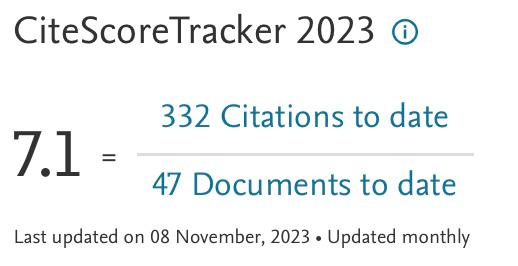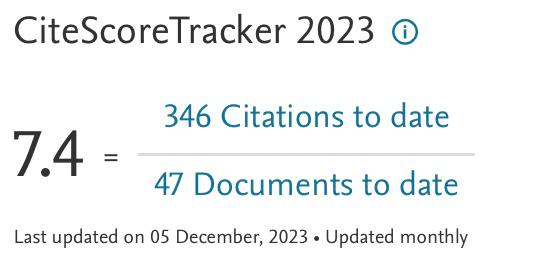Comparison of Air Flow Distribution in the Building for Different Position of Air Return
DOI:
https://doi.org/10.37934/arnht.13.1.8186Keywords:
Air conditioning (HVAC), Heating, Ventilation, Grille position, CFDAbstract
A modern building has requirements need to consider increasing the quality of the building. In design the building, fresh air, cooling, and heating is the important role to consider. The Heating, Ventilation and Air conditioning (HVAC) is most important part in building. Centralized system is the common use especially in large building. Usually, the system is using diffuser for air inlet and grille for air return. Therefore, the aim of this study is to determine the effectiveness of grilles position to distribute the cool air into building. The aims of this papers are to simulate three types of location grilles for a building. In addition, the number of diffusers and grilles are same for each type. RNG K-ɛ model was used as the turbulence model. The result show that different position will affect the air flow pattern due the different position of grille
Downloads
References
Seyam, Shaimaa. "Types of HVAC systems." HVAC System (2018): 49-66. https://doi.org/10.5772/intechopen.78942
Elnabawi, Mohamed H., and Neveen Hamza. "Behavioural perspectives of outdoor thermal comfort in urban areas: a critical review." Atmosphere 11, no. 1 (2019): 51. https://doi.org/10.3390/atmos11010051
Vázquez-Torres, Claudia Eréndira, Arash Beizaee, and David Bienvenido-Huertas. "The impact of human occupancy in thermal performance of a historic religious building in sub-humid temperate climate." Energy and Buildings 259 (2022): 111912. https://doi.org/10.1016/j.enbuild.2022.111912
Abubakar, Yazeed Ibrahim, and Halil Zafer Alibaba. "Evaluation Of Thermal Comfort In University Dormitories; A Case Study Of Suleiman Hall, Ahmadu Bello University Zaria, Nigeria."
Han, Gang, Yueming Wen, Jiawei Leng, and Lijun Sun. "Improving comfort and health: Green retrofit designs for sunken courtyards during the summer period in a subtropical climate." Buildings 11, no. 9 (2021): 413. https://doi.org/10.3390/buildings11090413
Rahman, M. A. A., M. Awang, M. Syafiq Syazwan Mustafa, Fatimah Yusop, Kamarul Aini Mohd Sari, M. K. Musa, Mohd Arif Rosli, Faridahanim Ahmad, and Nuramidah Hamidon. "Evaluation and measurement of indoor air quality in the preschool building." In IOP Conference Series: Earth and Environmental Science, vol. 373, no. 1, p. 012018. IOP Publishing, 2019. https://doi.org/10.1088/1755-1315/373/1/012018
Sari, Kamarul Aini Mohd, Khaleda Farhah Almar Mastaza, Muhammad Ashraf Abdul Rahman, Nurdalila Saji, Rahmat Muslim, Mohd Syafiq Syazwan Mustafa, and Tong Yean Ghing. "Assessment of indoor air quality parameters at Ambulatory Care Centre XYZ, Malaysia." In IOP conference series: earth and environmental science, vol. 373, no. 1, p. 012013. IOP Publishing, 2019. https://doi.org/10.1088/1755-1315/373/1/012013
Syazwan, MM Syafiq, Mohammad Zainal M. Yusof, C. K. Chang, and MD Amir Abdullah. "Monitoring of Selected Indoor Air Quality Parameters and Cooling Energy Usage in Hotel Restaurant Malaysia." Applied Mechanics and Materials 564 (2014): 250-255. https://doi.org/10.4028/www.scientific.net/AMM.564.250
Lin, S., B. T. Tee, and C. F. Tan. "Indoor airflow simulation inside lecture room: A CFD approach." In IOP conference series: materials science and engineering, vol. 88, no. 1, p. 012008. IOP Publishing, 2015. https://doi.org/10.1088/1757-899X/88/1/012008
Sun, Zhongwei, and Shengwei Wang. "A CFD-based test method for control of indoor environment and space ventilation." Building and Environment 45, no. 6 (2010): 1441-1447. https://doi.org/10.1016/j.buildenv.2009.12.007
Ng, Jo-Han, Shawn Navarednam, Kang Yao Wong, and Cheng Tung Chong. "Flow and dispersion simulation using Computational Fluid Dynamics: A Case Study for EduCity in Iskandar Malaysia." In IOP Conference Series: Earth and Environmental Science, vol. 268, no. 1, p. 012129. IOP Publishing, 2019. https://doi.org/10.1088/1755-1315/268/1/012129




























